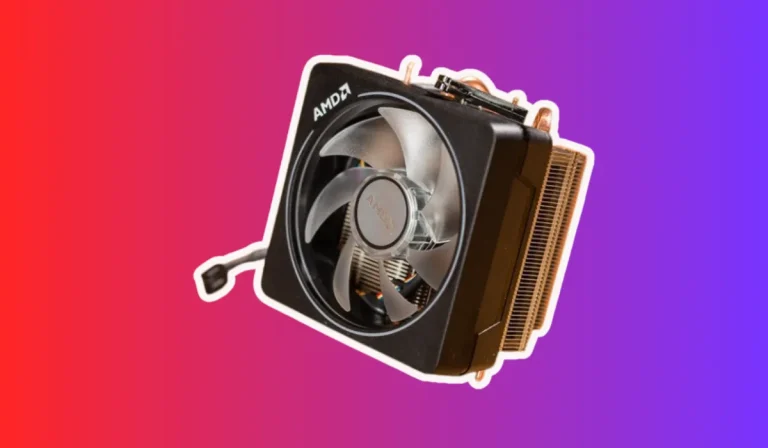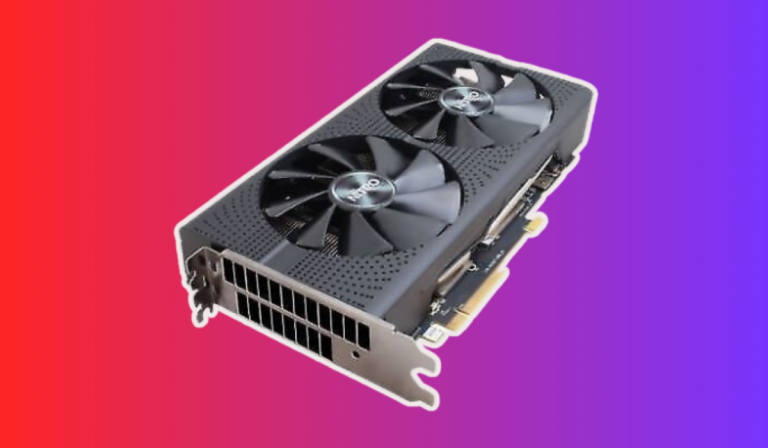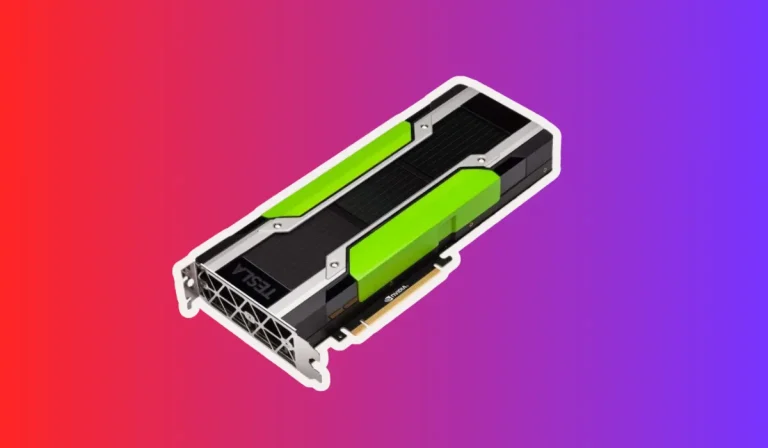How to Improve Intel HD Graphics Performance?
Is your Intel HD Graphics not living up to your expectations? Don’t worry, we’ve got you covered! In this guide, we’ll show you how to boost the performance of your Intel HD Graphics effortlessly.
Whether you’re a casual gamer or a graphic design enthusiast, these simple yet effective tips will help you unleash the full potential of your integrated graphics. Let’s dive in and supercharge your visuals!
Tips to Enhance Intel HD Graphics Performance
Looking to squeeze out more performance from your Intel HD Graphics? You’re in luck! Here, we’ll share some practical tips and techniques to help you optimize your graphics and elevate your visual experience. From updating drivers to adjusting settings, we will dive into the world of Intel HD Graphics enhancement.
1. Update Graphics Drivers: Keeping your graphics drivers up to date is crucial for optimal performance. Outdated drivers can lead to compatibility issues and hinder graphics performance. Visit the official Intel website or use their driver update utility to ensure you have the latest drivers installed.
2. Optimize Graphics Settings: Tweaking graphics settings can make a noticeable difference in performance. Experiment with settings like resolution, anti-aliasing, and texture quality to find the right balance between visuals and performance. Lowering certain settings can alleviate the strain on your graphics and boost frame rates.
3. Reduce Background Processes: Background processes can consume valuable system resources, affecting graphics performance. Close unnecessary applications and disable unnecessary startup programs to free up your system’s resources. This will help ensure that your Intel HD Graphics has ample resources to deliver smooth visuals.
4. Allocate Sufficient RAM to Graphics: Allocating sufficient memory to your graphics can enhance performance. Enter your computer’s BIOS settings and navigate to the “Advanced” or “Integrated Graphics” section. Look for an option to adjust the memory allocated to graphics and increase it if possible.
5. Overclocking Intel HD Graphics: For advanced users willing to take a risk, overclocking your Intel HD Graphics can yield performance gains. However, it should be approached with caution, as excessive overclocking can lead to instability or damage. Research proper overclocking techniques and use reliable software to make adjustments.
6. Utilize Performance Optimization Software: Several software tools are available that specialize in optimizing graphics performance. These utilities can automatically adjust settings, clean up your system, and provide performance enhancements specifically tailored for Intel HD Graphics. Explore trusted software options and select one that suits your needs.
Troubleshooting Graphics Issues
Encountering graphics issues with your Intel HD Graphics can be frustrating, but fear not! Here, we’ll help you troubleshoot common problems and provide practical solutions to get your graphics back on track. From display glitches to driver conflicts, we will dive into the world of troubleshooting graphics issues.
1. Update Graphics Drivers: Outdated or incompatible graphics drivers can often be the culprit behind graphics issues. Ensure you have the latest drivers installed by visiting the official Intel website or using their driver update utility. This simple step can resolve many common problems.
2. Check for System Updates: Keeping your operating system up to date is equally important. Updates often include bug fixes and improvements that can address graphics-related issues. Check for system updates and install them to ensure your system is running smoothly.
3. Adjust Power Settings: Power settings can affect graphics performance, especially on laptops. Ensure your power plan is set to “High Performance” or a similar option that prioritizes performance over energy saving. This can prevent throttling and ensure your Intel HD Graphics operate at their full potential.
4. Scan for Malware and Viruses: Malware or viruses can interfere with your graphics performance and cause display issues. Run a thorough scan using reputable antivirus software to detect and remove any malicious programs that may be affecting your graphics.
5. Reset Graphics Settings: If you’ve made extensive changes to your graphics settings and encountered issues, resetting them to default can help. Open the Intel Graphics Control Panel or access the graphics settings through the Windows Control Panel and look for an option to restore default settings.
6. Seek Professional Help: If you’ve exhausted all troubleshooting options and are still experiencing graphics issues, it may be time to seek professional help. Contact Intel support or consult a computer technician who specializes in graphics-related problems. They can provide further guidance and assistance.
FAQ’s
1. How do I update my Intel HD Graphics drivers?
To update your Intel HD Graphics drivers, visit the official Intel website or use their driver update utility. Download the latest drivers for your specific graphics model and install them following the provided instructions.
2. Can overclocking Intel HD Graphics improve performance?
Yes, overclocking Intel HD Graphics can potentially improve performance by increasing the clock speed of the graphics processor. However, it should be done cautiously as excessive overclocking can lead to instability and potential damage to the hardware.
3. Are there specific settings I can adjust to enhance Intel HD Graphics performance?
Yes, tweaking graphics settings can significantly impact performance. Experiment with resolution, anti-aliasing, and texture quality settings to find the right balance between visuals and performance. Lowering certain settings can help boost frame rates.
4. How much RAM should I allocate to Intel HD Graphics?
The amount of RAM to allocate to Intel HD Graphics depends on your specific system and requirements. However, allocating sufficient memory can enhance performance. Enter your computer’s BIOS settings, locate the “Advanced” or “Integrated Graphics” section, and adjust the memory allocated to graphics accordingly.
5. Are there any software tools available to optimize Intel HD Graphics performance?
Yes, there are several software tools available that specialize in optimizing graphics performance. These utilities can automatically adjust settings, clean up your system, and provide performance enhancements tailored for Intel HD Graphics. Explore trusted software options and choose one that suits your needs.
Conclusion
By following these simple tips and techniques, you can enhance the performance of your Intel HD Graphics. Updating drivers, tweaking settings, and allocating sufficient resources can make a noticeable difference. So, gear up and unlock the full potential of your graphics for a smoother and more immersive visual experience!



